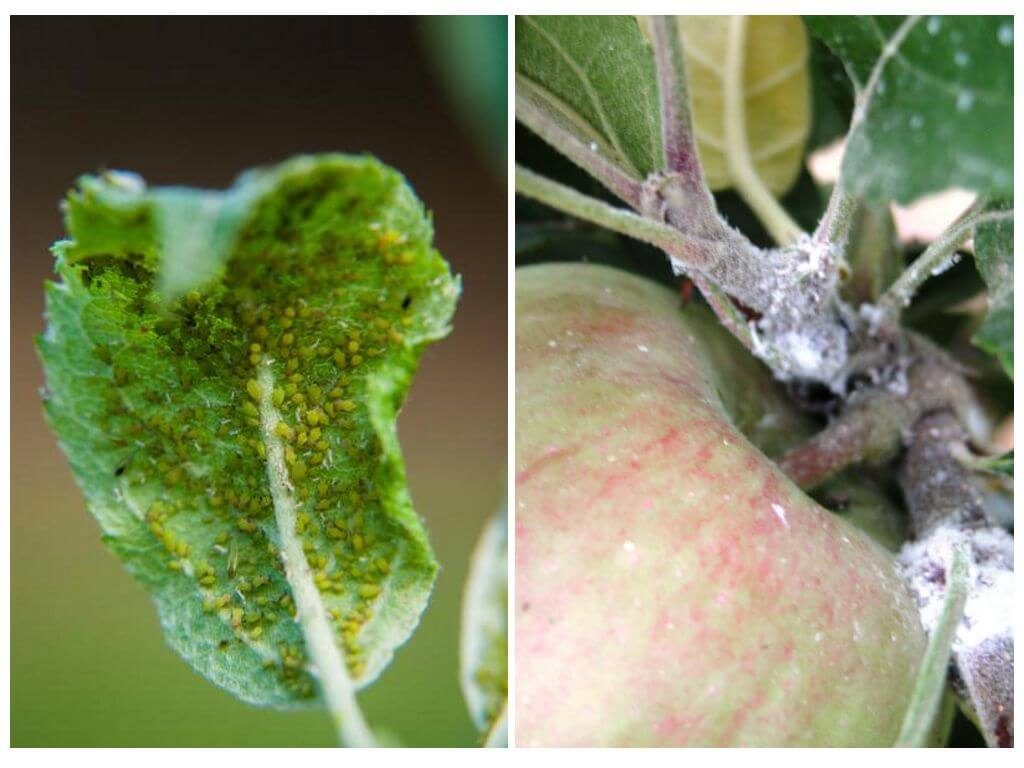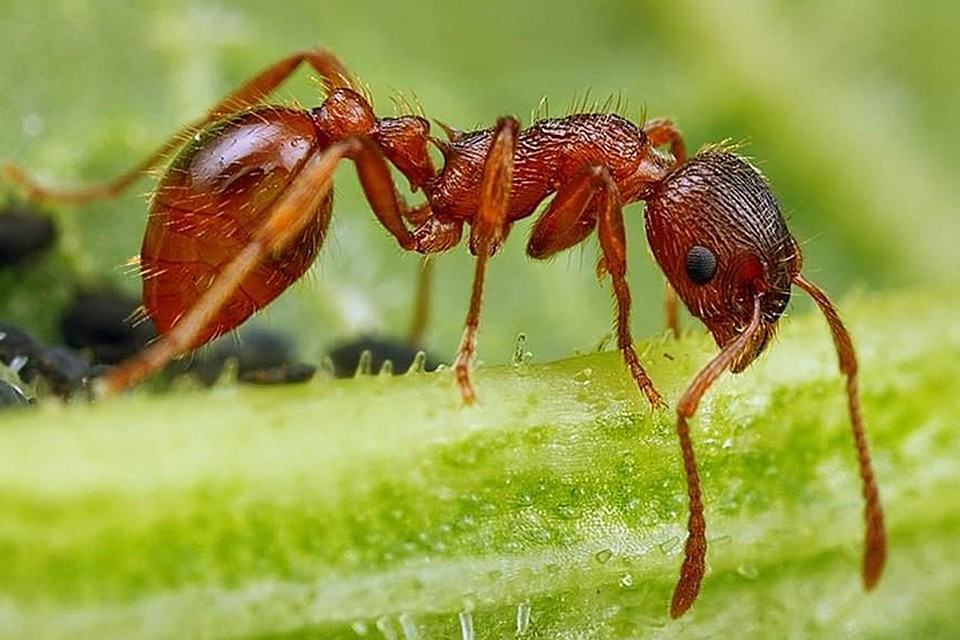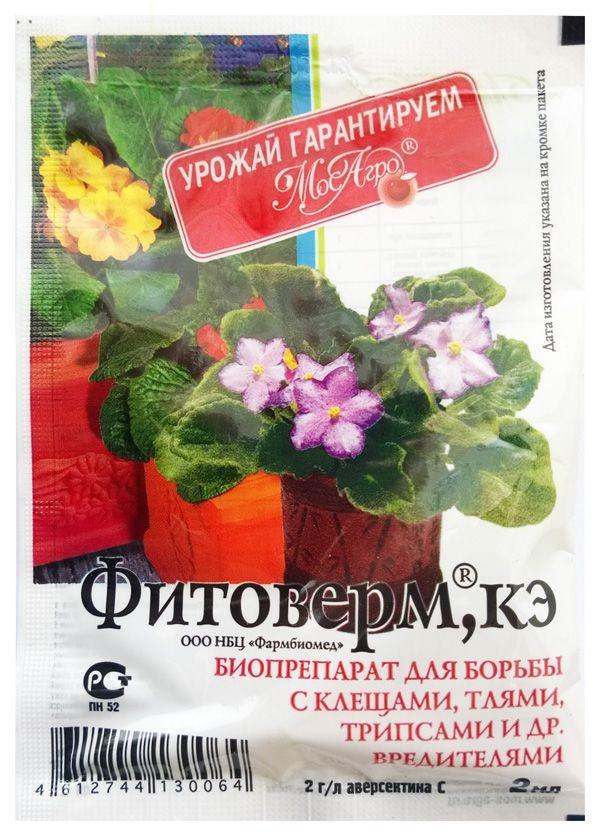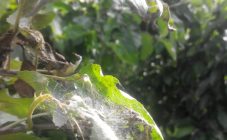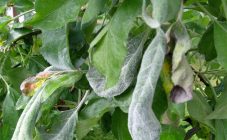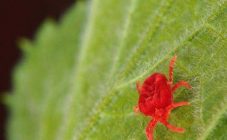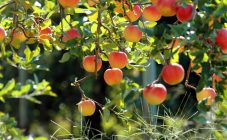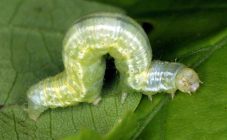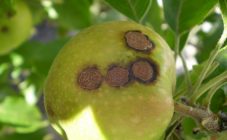Content:
The aphid insect, with its small size, is a serious enemy for many fruit trees in the garden and not only for them. In length, the pest reaches only 4 mm. It has different colors - black, yellow, brown and even pink aphids can appear. It feeds on the sap of trees and other plants, sucking on leaves or bark. The result of its activity is the loss of strength by the culture, the suspension of growth and development, and also the deterioration of fruiting and, accordingly, yield. This article will tell you what to do if a pest appears on apple trees.
Where does it appear in the trees
Aphids are harmful insects, they take a fancy to leaves, shoots and tree bark. If a tree is attacked at an early age, this can subsequently cause its deformation, the leaves will wither and fall off, and the buds will seriously retard development.
Affected fruit trees yield very small fruit sizes and are likely to fall before they mature to the desired level. Also, crops become less resistant to temperature extremes, their frost resistance decreases by an order of magnitude.
Aphids not only drink all the juices from the plant, but also leave secretions, which are a good basis for the multiplication of fungi and various viruses. She herself can be a carrier of such diseases, and they are dangerous to animals and people.
Among the reasons why this insect appears in the garden, the first is called its distribution in neighboring territories adjacent to the site. But you do not need to worry about this issue if ladybugs and a number of insects are present in the garden, which are dangerous for the aphid itself, and of which she is afraid.
If fruit trees are fertilized with a large excess, their leaves become very thin, this is an additional plus for the appearance of the pest.
The female, after the fertilization process, proceeds to lay eggs. She does this to those places that are most difficult to access and not visible. The eggs spend the winter period calmly, because they are additionally guarded by ants, who subsequently carry them to different plants. Females hatch from these eggs are wingless, these individuals reproduce even without fertilization. They are the producers of the bulk of the working aphids.
At the very end of May or the beginning of June, other adults appear. These are females capable of flying. They are engaged in carrying pests over long distances. With the help of the wind, they are able to cover quite serious territories, for tens of kilometers.
There are cases when aphids suddenly disappear and then reappear. This is due to the fact that at first the aphid, which is called dioecious, reproduces in some crops, and then, when females capable of flying appear, they move to other plants. Towards the end of the summer, they again return to their former habitat.
Insect eggs are distinguished by their ability to tolerate rather cold temperatures, spending the winter on a tree trunk.
The apple tree is also attacked by this insect for the following reasons:
- The leaves of the plant are too high in amino acids;
- Lack of phosphorus and potassium;
- Excess nitrogen;
- Finding an anthill in the immediate vicinity of a tree.
Danger of aphids for apple trees
The actions of aphids cause very serious harm to apple trees in the garden:
- The appearance of a sticky liquid is noted on the leaves of the tree;
- Also, the leaves may have a curled appearance, and then dry out;
- The leaves have red spots at the top;
- The growth of new shoots stops;
- The harvest is significantly reduced.
The very peak of pest activity occurs under conditions of high humidity and high temperatures.
Green and red-gall aphids
The green apple aphid is recognized as one of the most harmful parasites for this tree. It is an insect, the length of which is not more than 3 mm, with a green or yellowish color. The female lays eggs in the buds of the plant, she is capable of producing about 100 pieces of black eggs, each of which is no more than half a millimeter in size.
Its larvae are born at the very beginning of spring and very soon crawl into the bud that has already blossomed. With their thin proboscis, they drink all the juices from it. Also, green aphids eat the shoots and leaves of the plant. Aphids are attacked by a number of insects and birds, but this is not enough to completely destroy the pest.
An equally dangerous insect that causes very serious damage to apple orchards is the red-gall aphid. It can attack various varieties of these fruit trees. At the same time, it damages the fruits to such an extent, leaving behind spots of red color that there is no need to talk about any presentation of apples.
This aphid looks like a wide oval, almost a circle. The females are only 2 mm long. The color can be either green or gray.
Males can be even smaller in size - about 1.5 mm. They have black stripes across the abdomen.
The eggs laid by the red-gall aphid are initially yellow in color, but after a short period of time, about 3 days, change their color to a paler shade of yellow.
She begins active actions when the foliage blooms. The hatched larvae settle on the leaves, usually on the lower side. From the edges, the leaves begin to thicken, become coarser, and then curl. Hillocks of red or pink appear. Leaves that have been heavily influenced by the pest eventually dry up and die.
Before flowering occurs, females of this species are more fertile, producing up to 70 larvae, and later only up to 15 larvae. Approximately 4 generations occur in one season. In June, in the colonies of the red-gall aphid, males capable of flying, and females without wings appear.
Control measures
Aphids on an apple tree how to fight? There are constant disputes about this issue, many gardeners are taking action to find new methods to combat this pest. However, this is a very difficult matter, and every year when young foliage appears, aphids reappear on it.
The difficulty of fighting this insect is largely determined by its incredible fertility. In one year, the number of pests multiplies 20 times. Eggs are laid in all places where possible, plus the help of the ant community. By the time spring comes, the aphids are already ready for fruitful work.
Fighting it is necessary at all stages of apple tree growth, but an adult tree in some cases can withstand an invasion with more insignificant losses, while a very young apple tree has every chance of simply dying.
When the gardener noticed raids on the foliage, an urgent need to get down to business, although this is sometimes a sign of delay in taking the first measures. The first alarming symptom may be the appearance of ants on the tree. They are known to settle aphids.
The garden needs to be given even more attention if the previous year was marked by a strong pest infestation on apple trees. Insects hungry during the winter period in the first spring days immediately rush to feast on plant juices.
An important aspect when spraying is that the solution gets into those places where the insect accumulates, or rather, into the twisted leaves.
Fruit trees are cultivated before or after the buds begin to bloom. This is done to prevent damage to important insects that pollinate plants, such as bees, bumblebees and flies. It is preferable to use folk remedies in the summer, at a time when green apples have already appeared. After the harvest is harvested, you can again carry out the appropriate processing of the trees.
Chemicals
Insecticides for treating trees are divided into types:
- The action of the former is based on the penetration of the insect into the body upon contact with any part of the pest's body, they are called contact;
- The latter end up inside the insect along with food. They are called intestinal insecticides;
- Still others are substances contained within a month after treatment in culture tissues. Their name is systemic.
If the gardener decides to treat apple trees with chemistry, then it is preferable to use systemic drugs. Their feature is the ability to penetrate and accumulate on the tops of the shoots, in places where aphids are most often found.
Fitoverm is used for fruit, vegetable and berry crops. This is an insecticide of biological properties; products of vital activity of soil microorganisms are used in its manufacture. No harm is caused to plants from its use, and you can only get rid of harmful insects.
It is applied in the form of a solution to spray the trees. Its concentration depends on each individual situation; the instruction attached to the drug allows you to choose the appropriate option. Usually 4 ml of the product is added to 2 liters of cool water.
The principle of action is that the components infect the pest, penetrating directly into the body with food. Muscle paralysis of the insect occurs and, as a result, early death.
It is best to spray in the morning or evening. During flowering, it is not worth poisoning aphids, especially with chemistry.
Folk remedies
In cases where aphids are found on trees, how to deal with folk remedies? Among the folk methods, ammonia is considered the most popular. To spray, you need to prepare a solution. This is done like this:
- Take 100 ml of 10% ammonia;
- Tinder laundry soap. It is needed so that the solution sticks to the leaves;
- All this is added to a bucket of water.
The apple trees are treated with this solution, it will need to be repeated after a few days. If there is a permanent return of aphids, the procedure should be applied continuously.
In order to fight aphids on apple trees, you can use a solution of ordinary laundry soap.You can use tar soap here, because of the more pronounced smell.
Baking soda is also suitable as a pest control measure. Its purpose is to disinfect and restore foliage. The plant receives calcium when it is applied. It promotes fetal development.
Pour 10 tablespoons of soda into 1 liter of water. Laundry soap is also added to this.
Kerosene and soap diluted in a bucket of water are also used. This spraying should be done before the buds begin to bloom.
Processing apple trees in summer
In summer, there are a large number of leaves on apple trees; it is necessary to get rid of aphids by carefully choosing the right preparation so that the foliage does not burn. The processing in summer is not the same as in other seasons, also because there are already apples on the trees of the corresponding ripening dates:
- After flowering, scab and moniliosis are treated. Fungicides are used, for example, Speed. Biological preparation of similar action - Fitosporin;
- For the prevention of scab, to increase resistance, immunocytophyte is used;
- You can use tank mixes to reduce the number of procedures. These are solutions in which, for example, a fungicide and an insecticide are mixed.
For aphids in the summer, it is recommended to use a trapping belt. The female aphids lay eggs in them, crawling on their own. In autumn, such belts must be removed and burned.
On apple trees, a harmful aphid insect can appear with a high degree of probability. Gardeners who wish to protect their fruit trees must have knowledge of all possible methods of dealing with it. In this case, the apple trees will be healthy, and the harvest will be plentiful.
